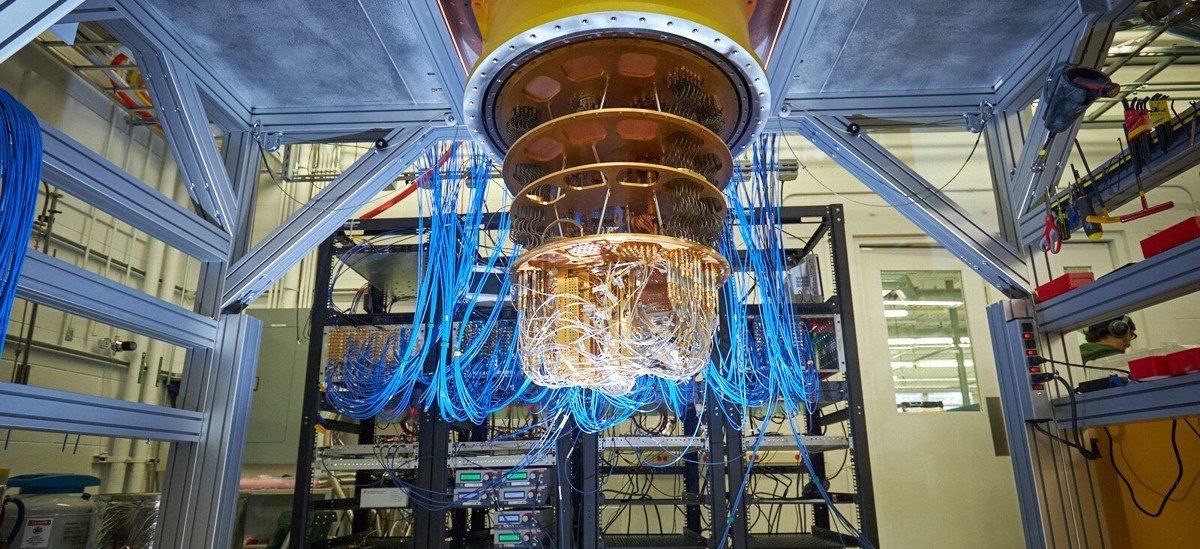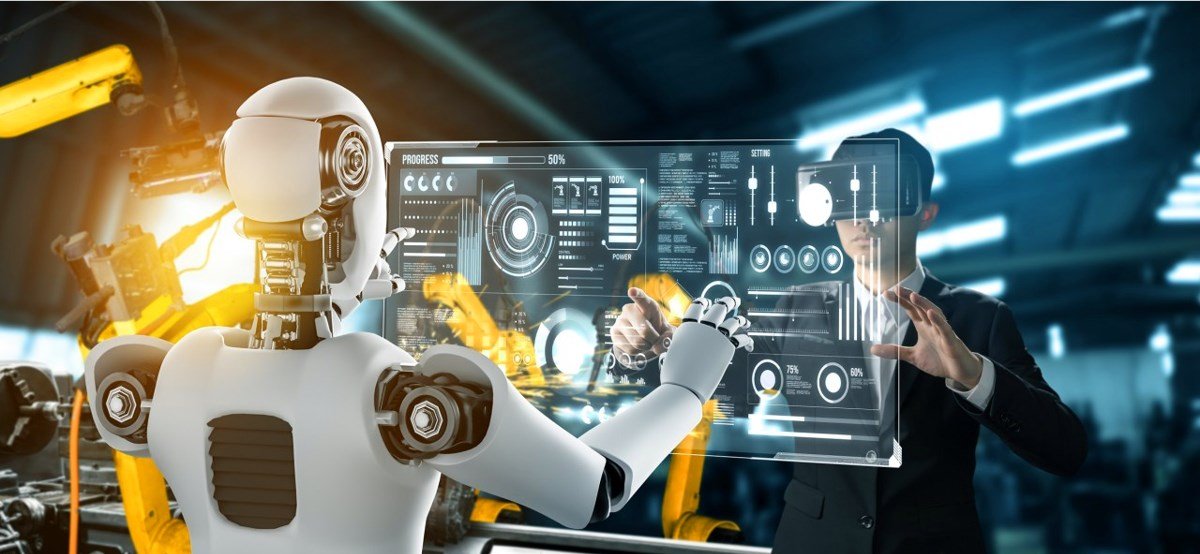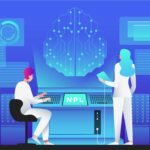In this article, we will explore some of the most awe-inspiring scientific breakthroughs that have shaped our world and opened up new possibilities for the future. From quantum computing to gene editing, these advancements are revolutionizing various fields and pushing the boundaries of human knowledge. Let’s delve into the fascinating world of scientific wonders.
The Science of Behind the Wonders
Table of Contents
- 1 The Science of Behind the Wonders
- 2 The Revolutionary Field of Quantum Computing
- 3 CRISPR Technology: Gene Editing Made Easy
- 4 Artificial Intelligence and Machine Learning: Advancements and Applications
- 5 Nanotechnology: The Science of the Small
- 6 3D Printing: A New Era of Manufacturing
- 7 The Promise of Renewable Energy Technologies
- 8 Advancements in Medical Imaging and Diagnostics
- 9 Robotics: From Factories to Everyday Life
- 10 The Potential of Virtual Reality and Augmented Reality
- 11 The Future of Transportation: Electric Vehicles and Autonomous Cars
- 12 Blockchain Technology: Transforming Industries
- 13 Conclusion
- 14 FAQ
Science of behind the wonders has always been at the forefront of human progress, driving innovation and transforming the way we live. Over the years, scientists and researchers have made remarkable discoveries and breakthroughs that have significantly impacted our society. In this article, we will explore the Science of Behind the Wonders Fascinating Scientific Breakthroughs.
Read more: The Importance of Data Structures in Computer Science in 2023
The Revolutionary Field of Quantum Computing

Quantum Computing: Unlocking Unprecedented Computing Power
Quantum computing has emerged as one of the most exciting and promising fields in recent years. Unlike classical computers that use bits to represent information, quantum computers utilize quantum bits or qubits. These qubits can exist in multiple states simultaneously, enabling quantum computers to perform complex computations exponentially faster than traditional computers.
Applications of Quantum Computing
The potential applications of quantum computing are vast. It has the potential to revolutionize fields such as cryptography, optimization, drug discovery, and materials science. Quantum computers can solve complex problems that are currently intractable for classical computers, providing insights and solutions that were previously unattainable.
CRISPR Technology: Gene Editing Made Easy
CRISPR Technology: A Game-Changer in Genetic Engineering
CRISPR (Clustered Regularly Interspaced Short Palindromic Repeats) technology has revolutionized the field of genetic engineering. It allows scientists to edit genes with precision, opening up possibilities for treating genetic diseases, developing new therapies, and enhancing crop production.
Applications of CRISPR Technology
CRISPR technology has diverse applications in medicine, agriculture, and environmental conservation. It can potentially cure genetic disorders, improve crop yields, create disease-resistant livestock, and eradicate invasive species. The ability to edit genes with such precision has transformed the way we approach genetic research and therapy development.
Artificial Intelligence and Machine Learning: Advancements and Applications
Artificial Intelligence and Machine Learning: Empowering Smart Systems
Artificial Intelligence (AI) and Machine Learning (ML) have gained immense popularity in recent years. AI refers to the development of computer systems that can perform tasks that typically require human intelligence, while ML focuses on algorithms that allow systems to learn and improve from data.
Applications of AI and ML
AI and ML have found applications in various industries, including healthcare, finance, transportation, and entertainment. They power virtual assistants, autonomous vehicles, recommendation systems, and fraud detection algorithms. These technologies have the potential to transform industries and enhance our daily lives.
Nanotechnology: The Science of the Small
Nanotechnology: Harnessing the Power of the Nanoscale
Nanotechnology involves manipulating matter at the nanoscale, where materials exhibit unique properties and behaviors. By engineering materials at this scale, scientists have created new materials, devices, and systems with remarkable properties and applications.
Applications of Nanotechnology
Nanotechnology finds applications in electronics, medicine, energy, and environmental remediation. It enables the development of smaller, faster, and more efficient electronic devices, targeted drug delivery systems, and advanced energy storage solutions. Nanotechnology holds immense potential for addressing pressing challenges and revolutionizing various industries.
3D Printing: A New Era of Manufacturing
3D Printing: Redefining Manufacturing Processes
3D printing, also known as additive manufacturing, allows the creation of three-dimensional objects layer by layer. It has revolutionized traditional manufacturing processes, enabling faster prototyping, customization, and reduced waste.
Applications of 3D Printing
The applications of 3D printing span multiple industries, including healthcare, aerospace, automotive, and consumer products. It has been used to create medical implants, aerospace components, customized consumer goods, and architectural models. 3D printing has the potential to disrupt traditional manufacturing and open up new avenues for innovation.
The Promise of Renewable Energy Technologies
Renewable Energy: Powering a Sustainable Future
Renewable energy technologies, such as solar, wind, and hydropower, offer clean and sustainable alternatives to traditional fossil fuels. They harness natural resources and convert them into electricity with minimal environmental impact.
Advancements in Renewable Energy
Advancements in renewable energy technologies have led to improved efficiency, cost-effectiveness, and scalability. Solar panels are becoming more efficient, wind turbines are getting larger and more powerful, and energy storage solutions are becoming more reliable. These advancements are driving the transition to a renewable energy future.
Advancements in Medical Imaging and Diagnostics
Medical Imaging: A Window into the Human Body
Advancements in medical imaging and diagnostics have revolutionized the field of healthcare. From X-rays to magnetic resonance imaging (MRI) and computed tomography (CT), these technologies provide valuable insights into the human body, aiding in disease detection, diagnosis, and treatment planning.
Cutting-Edge Medical Imaging Technologies
Emerging technologies like molecular imaging, 3D printing of organs and tissues, and real-time imaging techniques are pushing the boundaries of medical imaging. These advancements are enhancing our ability to visualize and understand the human body, leading to improved patient care and treatment outcomes.
Robotics: From Factories to Everyday Life

Robotics: A New Era of Automation
Robotic systems and artificial intelligence are transforming industries and impacting our daily lives. From manufacturing and logistics to healthcare and personal assistance, robots are becoming integral to various sectors.
Applications of Robotics
Robotics finds applications in industries such as manufacturing, agriculture, healthcare, and space exploration. Robots can perform repetitive tasks with precision, assist in surgeries, automate agricultural processes, and explore hazardous environments. The development of humanoid robots and collaborative robots (cobots) is further expanding their potential applications.
The Potential of Virtual Reality and Augmented Reality
Virtual Reality (VR) and Augmented Reality (AR): Immersive Experiences
Virtual Reality (VR) and Augmented Reality (AR) technologies offer immersive experiences that blend the digital and physical worlds. VR creates a simulated environment, while AR overlays digital information in the real world.
Applications of VR and AR
VR and AR have applications in gaming, education, healthcare, architecture, and training. They can transport users to virtual worlds, enhance learning experiences, simulate surgical procedures, visualize architectural designs, and provide immersive training simulations. These technologies have the potential to reshape various industries and redefine how we interact with digital content.
The Future of Transportation: Electric Vehicles and Autonomous Cars
Electric Vehicles (EVs): Green and Sustainable Mobility
Electric vehicles are gaining popularity as a cleaner and more sustainable mode of transportation. They run on electricity, produce zero tailpipe emissions, and offer a viable alternative to traditional internal combustion engine vehicles.
Autonomous Cars: Redefining Transportation
Autonomous cars, or self-driving cars, have the potential to transform the transportation industry. These vehicles use a combination of sensors, cameras, and artificial intelligence to navigate and operate without human intervention.
Advancements in Electric Vehicles and Autonomous Cars
Advancements in battery technology, charging infrastructure, and AI algorithms are driving the adoption and development of electric vehicles and autonomous cars. Improved battery range, faster charging, and enhanced safety features are making these technologies more practical and accessible.
Blockchain Technology: Transforming Industries
Blockchain: Decentralized and Secure Transactions
Blockchain technology enables secure, transparent, and decentralized transactions and data storage. It is the underlying technology behind cryptocurrencies like Bitcoin, but its applications extend beyond digital currencies.
Applications of Blockchain Technology
Blockchain finds applications in industries such as finance, supply chain management, healthcare, and voting systems. It provides secure and tamper-resistant record-keeping, streamlines supply chains, ensures data integrity, and enhances transparency and trust in various transactions.
Read more: Advancements in Science in 2023: Breakthrough Discoveries and Innovations
Conclusion
The world science of behind the wonders is full of breakthroughs that continue to shape our lives and open up new possibilities. From quantum computing and gene editing to artificial intelligence and renewable energy, these advancements hold immense promise for the future. As scientists and researchers push the boundaries of knowledge, we can look forward to even more astonishing discoveries and advancements in the years to come.
FAQ
How does quantum computing work?
Quantum computing utilizes qubits to perform complex computations by harnessing quantum principles such as superposition and entanglement.
Can CRISPR technology cure genetic diseases?
CRISPR technology has the potential to treat genetic diseases by targeting and editing specific genes associated with those diseases.
What are some practical applications of AI and ML?
AI and ML have applications in various industries, including healthcare, finance, transportation, and entertainment. They power virtual assistants, autonomous vehicles, recommendation systems, and fraud detection algorithms.
How does nanotechnology benefit society?
Nanotechnology enables the development of new materials, devices, and systems with unique properties and applications. It has potential applications in electronics, medicine, energy, and environmental remediation.
How are electric vehicles and autonomous cars changing the transportation landscape?
Electric vehicles offer a cleaner and more sustainable mode of transportation, while autonomous cars have the potential to transform the industry by enabling self-driving vehicles with enhanced safety and efficiency.




